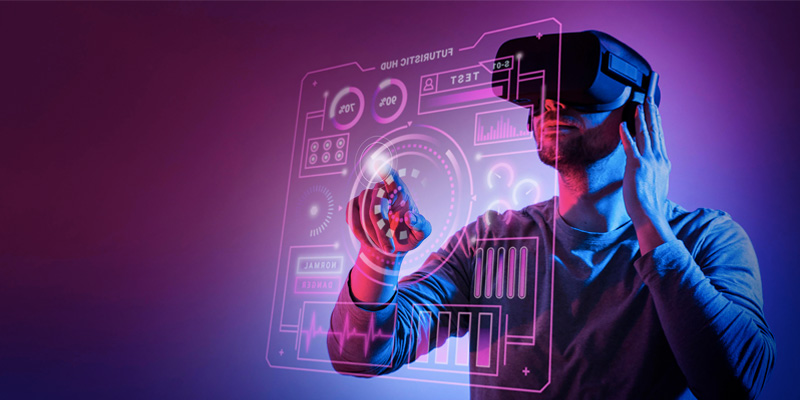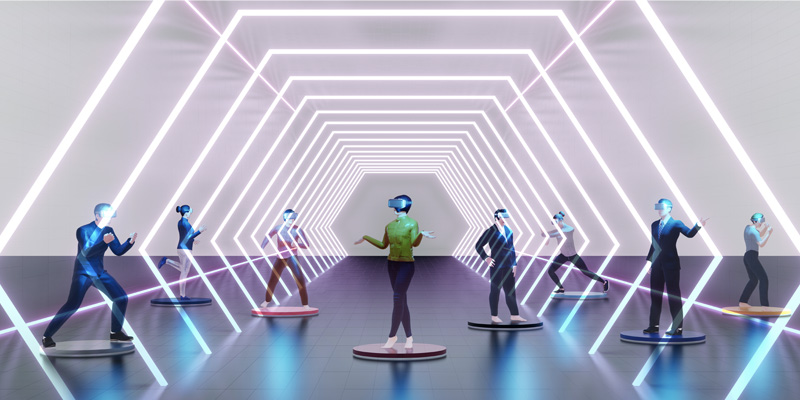Augmented Reality (AR) in Mobile App Development
In an era where technology constantly redefines the boundaries between reality and the digital world, Augmented Reality (AR) emerges as a beacon of innovation in mobile app development. By overlaying digital information onto the physical environment, AR offers a new dimension of interaction, transforming user experiences across various sectors. This blog post explores the integration of AR into mobile app development, emphasizing its utility in business applications, the intricacies of development, and the future trajectory of this transformative technology.
Reading Time: 3 Minutes
1. Understanding AR in Mobile Apps

1.1. What is Augmented Reality?
Imagine pointing your smartphone at a historical monument and instantly receiving information about its history, or trying on clothes virtually before making a purchase. Augmented Reality (AR) makes these scenarios possible by blending digital elements with the real world, enhancing rather than replacing the environment around you. Unlike Virtual Reality (VR), which creates a fully artificial environment, AR enhances reality with digital overlays, making everyday interactions more informative and engaging.
1.2. The Technology Behind AR
At the heart of AR technology are advanced algorithms and sensors that interpret and augment the real world. AR applications rely on computer vision, image recognition, and depth tracking to accurately overlay digital content onto the physical world as seen through a device’s camera. These technologies work in tandem to understand the geometry and semantics of the environment, allowing for the seamless integration of virtual and real elements.
2. AR for Business: Applications and Advantages

2.1. Enhancing Customer Engagement
One notable example of AR’s power to boost customer engagement is IKEA’s Place app, which allows users to visualize furniture in their own homes before making a purchase. This innovative approach not only enhances the shopping experience but also significantly reduces the uncertainty associated with online shopping, leading to higher satisfaction and conversion rates.
2.2. Improving Training and Operations
AR is revolutionizing employee training and operations, particularly in industries where hands-on training is critical. For instance, AR can superimpose step-by-step repair instructions onto actual machinery, enabling technicians to learn procedures in a practical, immersive manner. This hands-on approach not only improves learning outcomes but also increases operational efficiency by providing real-time, actionable guidance.
3. Future Trends in AR Mobile App Development

As we look to the future, the integration of AR with Artificial Intelligence (AI) and Machine Learning (ML) promises even more personalized and intelligent applications. These technologies could enable AR systems to predict user needs and preferences, offering tailored content and interactions. Furthermore, advancements in AR hardware, such as lighter, more powerful AR glasses, will likely expand the use cases for AR in daily life, from navigation and education to entertainment and social interaction.
Conclusion
Augmented Reality is not just a futuristic concept; it’s a practical technology that’s already enhancing mobile app development and user experiences across the globe. As AR technology continues to evolve, its integration into mobile apps will become more sophisticated, offering unprecedented opportunities for businesses to engage with their customers in meaningful ways. By staying abreast of AR developments and exploring its potential applications, businesses can unlock new dimensions of interaction and innovation.
Stay Updated with Mobile Apps Development Trends!
Don’t miss the latest in mobile apps development. Subscribe now!